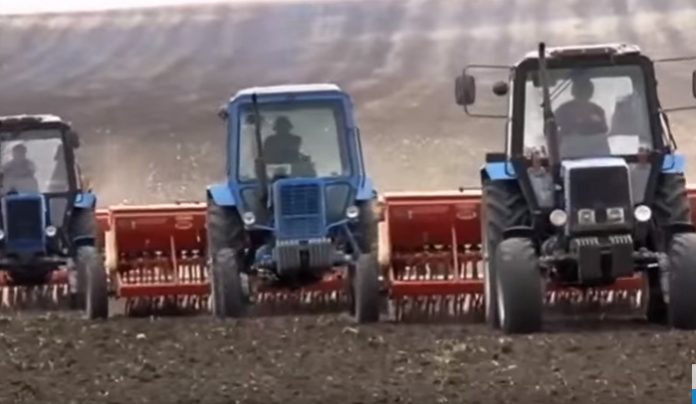The answer to the question posted in this article’s headline is both. Soil erosion is a process that occurs naturally and it affects all landforms. In agriculture, in particular, the wearing away of the topsoil of a field due to the natural physical forces of both water and wind is referred to as soil erosion. The process can also be a result of forces associated with farming, tillage for example.
Whichever of water, wind or tillage caused soil erosion, the process involves three actions: soil detachment, movement and deposition. Erosion reduces the productivity in croplands and it also contributes to the pollution of watercourses, wetlands and lakes adjacent to the land.
There are two faces to soil erosion: it can occur slowly and can continue on and not even be noticed or it can happen at an alarming rate resulting in the damage of topsoil, which is high in organic matter.
Soil erosion can also be accelerated by soil compaction, low organic matter, loss of soil structure, poor internal drainage, salinisation and problems with soil acidity.
Impact of Water
The erosion potential becomes higher as rainstorm intensity becomes greater. Raindrops can impact the soil surface and can break down the aggregates in soil and scatter them. The splash of raindrops, as well as runoff water, can easily remove lighter aggregate materials such as very fine sand, silt, clay and organic matter. On the other hand, raindrops need to have great impact in order to wash away larger sand and gravel particles.
Soil movement due to rainfall is most noticeable when thunderstorms are short-term but with high intensity. While erosion because of storms that are long-lasting but less intense are not really noticeable, it still contributes to a significant loss of soil.
Water runoff is another cause of soil erosion and this occurs when water on a slope isn’t absorbed into the soil or becomes trapped on the surface. Soil compaction, crusting or freezing are the common culprits for a decrease in infiltration.
Impact of Wind
Soil erosion caused by wind is typical in regions that are arid or semi-arid. Not only does it responsible for erosion, it also causes land degradation, evaporation, desertification, harmful airborne dust and crop damage. These are also accelerated by human activities such as deforestation, urbanization and agriculture.
There are two major kinds of erosion by wind:
- Deflation – where loose particles are picked up and carried away by the wind.
- Abrasion – where the surfaces are worn down when struck by airborne particles carried by the wind.
Deflation can be divided into three categories:
- Surface creep – when larger, heavier particles slide or roll on the ground.
- Saltation – when particles are lifted to a short height then bounce and saltate across the soil surface.
- Suspension – when small and light particles are lifted into the air and carried for long distances.
Yes, soil erosion may be a natural occurrence on all kinds of land but water and wind are factors that accelerate the process thereby making it more noticeable.
Crystal Lombardo is a contributing editor for Vision Launch. Crystal is a seasoned writer and researcher with over 10 years of experience. She has been an editor of three popular blogs that each have had over 500,000 monthly readers.


















